Evaluating the Greenness of Sanandaj City Using Sentinel Imagery in Google Earth Engine
Abstract
1. Introduction
2. Study Area, Methods, and Data Sources
2.1. Study Area
2.2. Data Sources
- Area: In this research, we focused on selecting only the large PUGSs (i.e., with an area greater than 10,000 m2). In a city like Sanandaj, large green spaces have a substantial impact on the overall greenness, making them representative for studying urban greenness. By evaluating these large parks, we can derive meaningful insights into the changes in greenness across the entire city.
- Function of the parks: Although the SDUP designates several large lots (larger than 10,000 m2) as parks, expert evaluation determined that some of these spaces should not be classified as PUGSs in this study. This exclusion was due to two main reasons: first, the functions of certain “parks” differ significantly, such as those designated as cemeteries; second, some of these areas lack vegetation (trees or grass), making them more similar to vacant lots than functional green spaces.
2.3. Satellite Data
2.4. Extracting NDVI Maps
2.5. Defining Dynamic and Static Borders for PUGSs
2.6. Visual Language for Tracking Changes in Greenness
2.7. Classifying UGSs to Analyze Urban Greenery
3. Results
3.1. Monthly Mean NDVI of PUGSs in Sanandaj (2019–2023)
3.1.1. Monthly Mean NDVI of PUGSs Based on Irrigation System Type
3.1.2. Monthly Mean NDVI of PUGSs According to Major Landscape Types
3.2. Changes in the Greenness of PUGSs
3.2.1. Seasonal Changes in the Greenness of PUGSs Based on Irrigation Type
3.2.2. Seasonal Changes in the Greenness of PUGSs Based on Major Landscape
3.3. Anomaly Map of PUGSs
4. Discussion
5. Limitations and Future Directions
6. Conclusions
Author Contributions
Funding
Institutional Review Board Statement
Informed Consent Statement
Data Availability Statement
Acknowledgments
Conflicts of Interest
References
- UN. World Population Prospects: The 2018 Revision; Population Division, Department of Economic and Social Affairs, United Nations: New York, NY, USA, 2018. [Google Scholar]
- Sun, Y.; Augenbroe, G. Urban heat island effect on energy application studies of office buildings. Energy Build. 2014, 77, 171–179. [Google Scholar] [CrossRef]
- Vaisi, S.; Alizadeh, H.; Lotfi, W.; Mohammadi, S. Developing the ecological footprint assessment for a university campus, the component-based method. Sustainability 2021, 13, 9928. [Google Scholar] [CrossRef]
- Jiang, W.; Huang, Y.; Sha, A. A review of eco-friendly functional road materials. Constr. Build. Mater. 2018, 191, 1082–1092. [Google Scholar] [CrossRef]
- Liu, X.; Sun, T.; Feng, Q. Dynamic spatial spillover effect of urbanization on environmental pollution in China considering the inertia characteristics of environmental pollution. Sustain. Cities Soc. 2020, 53, 101903. [Google Scholar] [CrossRef]
- Miller, J.D.; Hutchins, M. The impacts of urbanisation and climate change on urban flooding and urban water quality: A review of the evidence concerning the United Kingdom. J. Hydrol. Reg. Stud. 2017, 12, 345–362. [Google Scholar] [CrossRef]
- Liang, L.; Wang, Z.; Li, J. The effect of urbanization on environmental pollution in rapidly developing urban agglomerations. J. Clean. Prod. 2019, 237, 117649. [Google Scholar] [CrossRef]
- Woldesemayat, E.M.; Genovese, P.V. Monitoring urban expansion and urban green spaces change in Addis Ababa: Directional and zonal analysis integrated with landscape expansion index. Forests 2021, 12, 389. [Google Scholar] [CrossRef]
- Bai, T.; Mayer, A.L.; Shuster, W.D.; Tian, G. The hydrologic role of urban green space in mitigating flooding (Luohe, China). Sustainability 2018, 10, 3584. [Google Scholar] [CrossRef]
- Wan, H.; McLaughlin, D.; Shao, Y.; van Eerden, B.; Ranganathan, S.; Deng, X. Remotely-sensed evapotranspiration for informed urban forest management. Landsc. Urban Plan. 2021, 210, 104069. [Google Scholar] [CrossRef]
- Liu, W.; Chen, W.; Peng, C. Assessing the effectiveness of green infrastructures on urban flooding reduction: A community scale study. Ecol. Model. 2014, 291, 6–14. [Google Scholar] [CrossRef]
- Ramaiah, M.; Avtar, R. Urban green spaces and their need in cities of rapidly urbanizing India: A review. Urban Sci. 2019, 3, 94. [Google Scholar] [CrossRef]
- Kim, H.W.; Kim, J.-H.; Li, W.; Yang, P.; Cao, Y. Exploring the impact of green space health on runoff reduction using NDVI. Urban For. Urban Green. 2017, 28, 81–87. [Google Scholar] [CrossRef]
- Li, W.; Saphores, J.-D.M.; Gillespie, T.W. A comparison of the economic benefits of urban green spaces estimated with NDVI and with high-resolution land cover data. Landsc. Urban Plan. 2015, 133, 105–117. [Google Scholar] [CrossRef]
- Xie, Y.; Xiang, H.; Di, N.; Mao, Z.; Hou, J.; Liu, X.; Huo, W.; Yang, B.; Dong, G.; Wang, C. Association between residential greenness and sleep quality in Chinese rural population. Environ. Int. 2020, 145, 106100. [Google Scholar] [CrossRef] [PubMed]
- Kweon, B.-S.; Ellis, C.D.; Lee, J.; Jacobs, K. The link between school environments and student academic performance. Urban For. Urban Green. 2017, 23, 35–43. [Google Scholar] [CrossRef]
- Matsuoka, R.H. Student performance and high school landscapes: Examining the links. Landsc. Urban Plan. 2010, 97, 273–282. [Google Scholar] [CrossRef]
- Xi, C.; Han, L.; Wang, J.; Feng, Z.; Kumar, P.; Cao, S.-J. How can greenery space mitigate urban heat island? An analysis of cooling effect, carbon sequestration, and nurturing cost at the street scale. J. Clean. Prod. 2023, 419, 138230. [Google Scholar] [CrossRef]
- Feyisa, G.L.; Dons, K.; Meilby, H. Efficiency of parks in mitigating urban heat island effect: An example from Addis Ababa. Landsc. Urban Plan. 2014, 123, 87–95. [Google Scholar] [CrossRef]
- Park, J.; Kim, J.-H.; Lee, D.K.; Park, C.Y.; Jeong, S.G. The influence of small green space type and structure at the street level on urban heat island mitigation. Urban For. Urban Green. 2017, 21, 203–212. [Google Scholar] [CrossRef]
- Nouri, H.; Borujeni, S.C.; Hoekstra, A.Y. The blue water footprint of urban green spaces: An example for Adelaide, Australia. Landsc. Urban Plan. 2019, 190, 103613. [Google Scholar] [CrossRef]
- Dutta, D.; Rahman, A.; Paul, S.; Kundu, A. Spatial and temporal trends of urban green spaces: An assessment using hyper-temporal NDVI datasets. Geocarto Int. 2022, 37, 7983–8003. [Google Scholar] [CrossRef]
- Anguluri, R.; Narayanan, P. Role of green space in urban planning: Outlook towards smart cities. Urban For. Urban Green. 2017, 25, 58–65. [Google Scholar] [CrossRef]
- Aryal, J.; Sitaula, C.; Aryal, S. NDVI threshold-based urban green space mapping from sentinel-2A at the Local Governmental Area (LGA) level of victoria, Australia. Land 2022, 11, 351. [Google Scholar] [CrossRef]
- Chen, Q.; Zhong, C.; Jing, C.; Li, Y.; Cao, B.; Cheng, Q. Rapid mapping and annual dynamic evaluation of quality of urban green spaces on google earth engine. ISPRS Int. J. Geo-Inf. 2021, 10, 670. [Google Scholar] [CrossRef]
- Bai, H.; Li, Z.; Guo, H.; Chen, H.; Luo, P. Urban green space planning based on remote sensing and geographic information systems. Remote Sens. 2022, 14, 4213. [Google Scholar] [CrossRef]
- Norton, B.A.; Coutts, A.M.; Livesley, S.J.; Harris, R.J.; Hunter, A.M.; Williams, N.S. Planning for cooler cities: A framework to prioritise green infrastructure to mitigate high temperatures in urban landscapes. Landsc. Urban Plan. 2015, 134, 127–138. [Google Scholar] [CrossRef]
- Sun, Y.; Xie, S.; Zhao, S. Valuing urban green spaces in mitigating climate change: A city-wide estimate of aboveground carbon stored in urban green spaces of China’s Capital. Glob. Change Biol. 2019, 25, 1717–1732. [Google Scholar] [CrossRef]
- Nouri, H.; Beecham, S.; Kazemi, F.; Hassanli, A.M. A review of ET measurement techniques for estimating the water requirements of urban landscape vegetation. Urban Water J. 2013, 10, 247–259. [Google Scholar] [CrossRef]
- Deng, J.; Huang, Y.; Chen, B.; Tong, C.; Liu, P.; Wang, H.; Hong, Y. A methodology to monitor urban expansion and green space change using a time series of multi-sensor SPOT and Sentinel-2A images. Remote Sens. 2019, 11, 1230. [Google Scholar] [CrossRef]
- Kowe, P.; Mutanga, O.; Dube, T. Advancements in the remote sensing of landscape pattern of urban green spaces and vegetation fragmentation. Int. J. Remote Sens. 2021, 42, 3797–3832. [Google Scholar] [CrossRef]
- Neyns, R.; Canters, F. Mapping of urban vegetation with high-resolution remote sensing: A review. Remote Sens. 2022, 14, 1031. [Google Scholar] [CrossRef]
- Alonzo, M.; Bookhagen, B.; Roberts, D.A. Urban tree species mapping using hyperspectral and lidar data fusion. Remote Sens. Environ. 2014, 148, 70–83. [Google Scholar] [CrossRef]
- Pettorelli, N. The Normalized Difference Vegetation Index; Oxford University Press: New York, NY, USA, 2013. [Google Scholar]
- Duro, D.C.; Coops, N.C.; Wulder, M.A.; Han, T. Development of a large area biodiversity monitoring system driven by remote sensing. Prog. Phys. Geogr. 2007, 31, 235–260. [Google Scholar] [CrossRef]
- Hamdy, O. Using remote sensing techniques to assess the changes in the rate of urban green spaces in Egypt: A case study of greater Cairo. Int. Des. J. 2022, 12, 53–64. [Google Scholar] [CrossRef]
- Fung, T.; Siu, W. Environmental quality and its changes, an analysis using NDVI. Int. J. Remote Sens. 2000, 21, 1011–1024. [Google Scholar] [CrossRef]
- Pettorelli, N.; Vik, J.O.; Mysterud, A.; Gaillard, J.-M.; Tucker, C.J.; Stenseth, N.C. Using the satellite-derived NDVI to assess ecological responses to environmental change. Trends Ecol. Evol. 2005, 20, 503–510. [Google Scholar] [CrossRef]
- Alcaraz-Segura, D.; Cabello, J.; Paruelo, J.M.; Delibes, M. Use of descriptors of ecosystem functioning for monitoring a national park network: A remote sensing approach. Environ. Manag. 2009, 43, 38–48. [Google Scholar] [CrossRef]
- Wu, C.; Peng, D.; Soudani, K.; Siebicke, L.; Gough, C.M.; Arain, M.A.; Bohrer, G.; Lafleur, P.M.; Peichl, M.; Gonsamo, A. Land surface phenology derived from normalized difference vegetation index (NDVI) at global FLUXNET sites. Agric. For. Meteorol. 2017, 233, 171–182. [Google Scholar] [CrossRef]
- Zamani-Noor, N.; Feistkorn, D. Monitoring growth status of winter oilseed rape by NDVI and NDYI derived from UAV-based Red–Green–Blue imagery. Agronomy 2022, 12, 2212. [Google Scholar] [CrossRef]
- Abbasi, N.; Nouri, H.; Didan, K.; Barreto-Muñoz, A.; Chavoshi Borujeni, S.; Salemi, H.; Opp, C.; Siebert, S.; Nagler, P. Estimating actual evapotranspiration over croplands using vegetation index methods and dynamic harvested area. Remote Sens. 2021, 13, 5167. [Google Scholar] [CrossRef]
- Hüttich*, C.; Herold, M.; Schmullius, C.; Egorov, V.; Bartalev, S. Indicators of Northern Eurasia’s land-cover change trends from SPOT-VEGETATION time-series analysis 1998–2005. Int. J. Remote Sens. 2007, 28, 4199–4206. [Google Scholar] [CrossRef]
- Tomasella, J.; Vieira, R.M.S.P.; Barbosa, A.A.; Rodriguez, D.A.; de Oliveira Santana, M.; Sestini, M.F. Desertification trends in the Northeast of Brazil over the period 2000–2016. Int. J. Appl. Earth Obs. Geoinf. 2018, 73, 197–206. [Google Scholar] [CrossRef]
- Aburas, M.M.; Abdullah, S.H.; Ramli, M.F.; Ash’aari, Z.H. Measuring land cover change in Seremban, Malaysia using NDVI index. Procedia Environ. Sci. 2015, 30, 238–243. [Google Scholar] [CrossRef]
- Mutti, P.R.; Lúcio, P.S.; Dubreuil, V.; Bezerra, B.G. NDVI time series stochastic models for the forecast of vegetation dynamics over desertification hotspots. Int. J. Remote Sens. 2020, 41, 2759–2788. [Google Scholar] [CrossRef]
- Nyamekye, C.; Schönbrodt-Stitt, S.; Amekudzi, L.K.; Zoungrana, B.J.B.; Thiel, M. Usage of MODIS NDVI to evaluate the effect of soil and water conservation measures on vegetation in Burkina Faso. Land Degrad. Dev. 2021, 32, 7–19. [Google Scholar] [CrossRef]
- Huang, S.; Tang, L.; Hupy, J.P.; Wang, Y.; Shao, G. A commentary review on the use of normalized difference vegetation index (NDVI) in the era of popular remote sensing. J. For. Res. 2021, 32, 1–6. [Google Scholar] [CrossRef]
- Liu, Y.; Li, Y.; Li, S.; Motesharrei, S. Spatial and temporal patterns of global NDVI trends: Correlations with climate and human factors. Remote Sens. 2015, 7, 13233–13250. [Google Scholar] [CrossRef]
- Baker, F.; Smith, C.L.; Cavan, G. A combined approach to classifying land surface cover of urban domestic gardens using citizen science data and high resolution image analysis. Remote Sens. 2018, 10, 537. [Google Scholar] [CrossRef]
- Hartling, S.; Sagan, V.; Sidike, P.; Maimaitijiang, M.; Carron, J. Urban tree species classification using a WorldView-2/3 and LiDAR data fusion approach and deep learning. Sensors 2019, 19, 1284. [Google Scholar] [CrossRef]
- Huang, C.; Yang, J.; Jiang, P. Assessing impacts of urban form on landscape structure of urban green spaces in China using Landsat images based on Google Earth Engine. Remote Sens. 2018, 10, 1569. [Google Scholar] [CrossRef]
- Rafiee, R.; Mahiny, A.S.; Khorasani, N. Assessment of changes in urban green spaces of Mashad city using satellite data. Int. J. Appl. Earth Obs. Geoinf. 2009, 11, 431–438. [Google Scholar] [CrossRef]
- Chun, B.; Guldmann, J.-M. Impact of greening on the urban heat island: Seasonal variations and mitigation strategies. Comput. Environ. Urban Syst. 2018, 71, 165–176. [Google Scholar] [CrossRef]
- Abbasi, F.; Bazgeer, S.; Kalehbasti, P.R.; Oskoue, E.A.; Haghighat, M.; Kalehbasti, P.R. New climatic zones in Iran: A comparative study of different empirical methods and clustering technique. Theor. Appl. Climatol. 2022, 147, 47–61. [Google Scholar] [CrossRef]
- Statistical Center of Iran. General Census of Population and Housing; Statistical Center of Iran: Tehran, Iran, 2020. [Google Scholar]
- Velastegui-Montoya, A.; Montalván-Burbano, N.; Carrión-Mero, P.; Rivera-Torres, H.; Sadeck, L.; Adami, M. Google Earth Engine: A global analysis and future trends. Remote Sens. 2023, 15, 3675. [Google Scholar] [CrossRef]
- Li, X.; Hai, Q.; Zhu, Z.; Zhang, D.; Shao, Y.; Zhao, Y.; Li, H.; Vandansambuu, B.; Ning, X.; Chen, D. Spatial and temporal changes in vegetation cover in the three north protection forest project area supported by GEE cloud platform. Forests 2023, 14, 295. [Google Scholar] [CrossRef]
- GEE Google Earth Engine. 2023. Available online: https://earthengine.google.com/ (accessed on 3 May 2023).
- ESA, Application of Sentinel-2. Available online: https://www.esa.int/Applications/Observing_the_Earth/Copernicus/Sentinel-2 (accessed on 24 December 2024).
- QGIS Quantum Geographic Information System. 2023. Available online: http://www.qgis.org (accessed on 8 October 2024).
- Furberg, D.; Ban, Y.; Mörtberg, U. Monitoring urban green infrastructure changes and impact on habitat connectivity using high-resolution satellite data. Remote Sens. 2020, 12, 3072. [Google Scholar] [CrossRef]
- Pouya, S.; Aghlmand, M. Evaluation of urban green space per capita with new remote sensing and geographic information system techniques and the importance of urban green space during the COVID-19 pandemic. Environ. Monit. Assess. 2022, 194, 633. [Google Scholar] [CrossRef] [PubMed]
- Vulova, S.; Rocha, A.D.; Meier, F.; Nouri, H.; Schulz, C.; Soulsby, C.; Tetzlaff, D.; Kleinschmit, B. City-wide, high-resolution mapping of evapotranspiration to guide climate-resilient planning. Remote Sens. Environ. 2023, 287, 113487. [Google Scholar] [CrossRef]
- Chen, A.; Yao, X.A.; Sun, R.; Chen, L. Effect of urban green patterns on surface urban cool islands and its seasonal variations. Urban For. Urban Green. 2014, 13, 646–654. [Google Scholar] [CrossRef]
- Farinati, S.; Betto, A.; Palumbo, F.; Scariolo, F.; Vannozzi, A.; Barcaccia, G. The new green challenge in urban planning: The right genetics in the right place. Horticulturae 2022, 8, 761. [Google Scholar] [CrossRef]
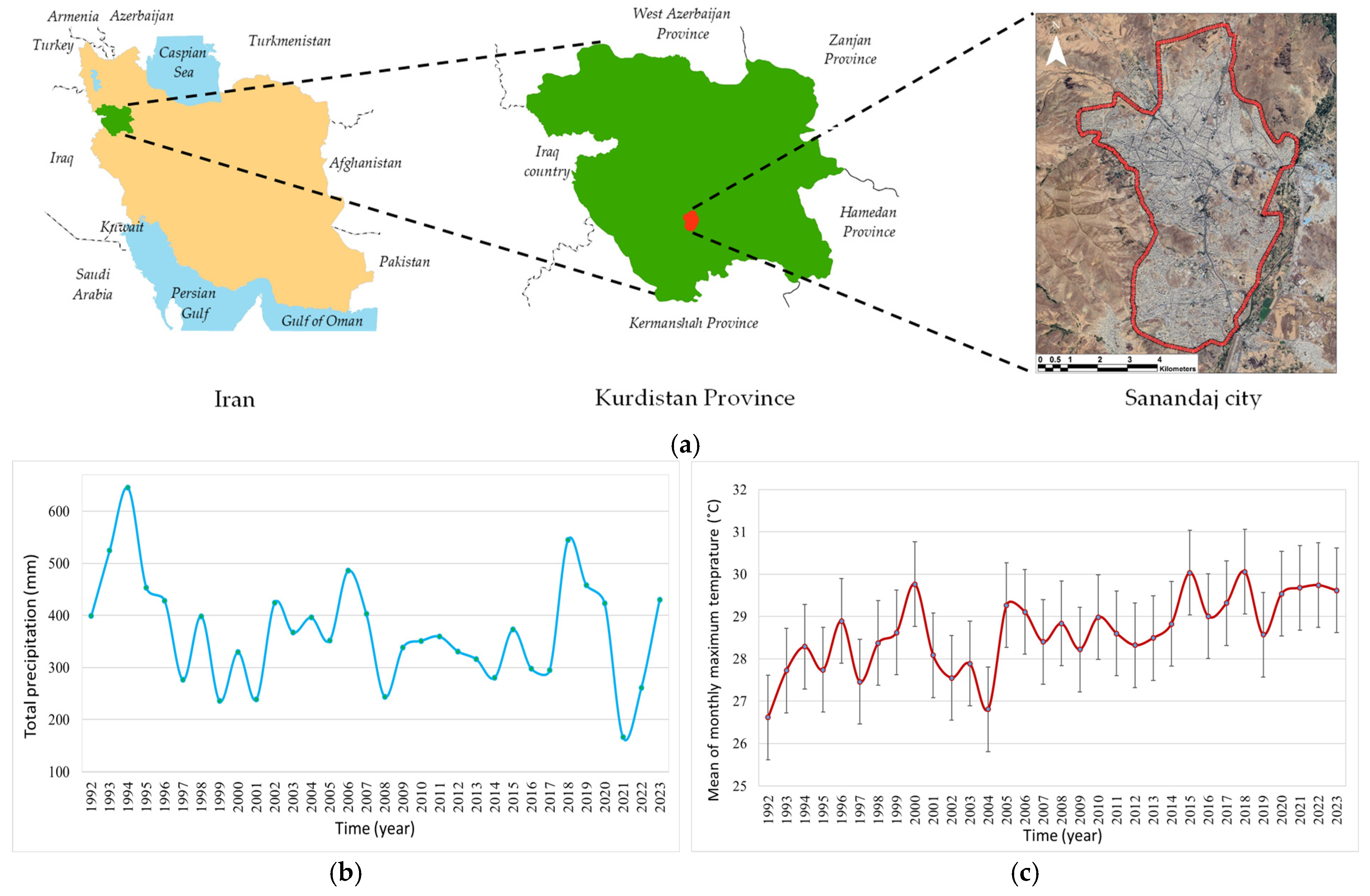

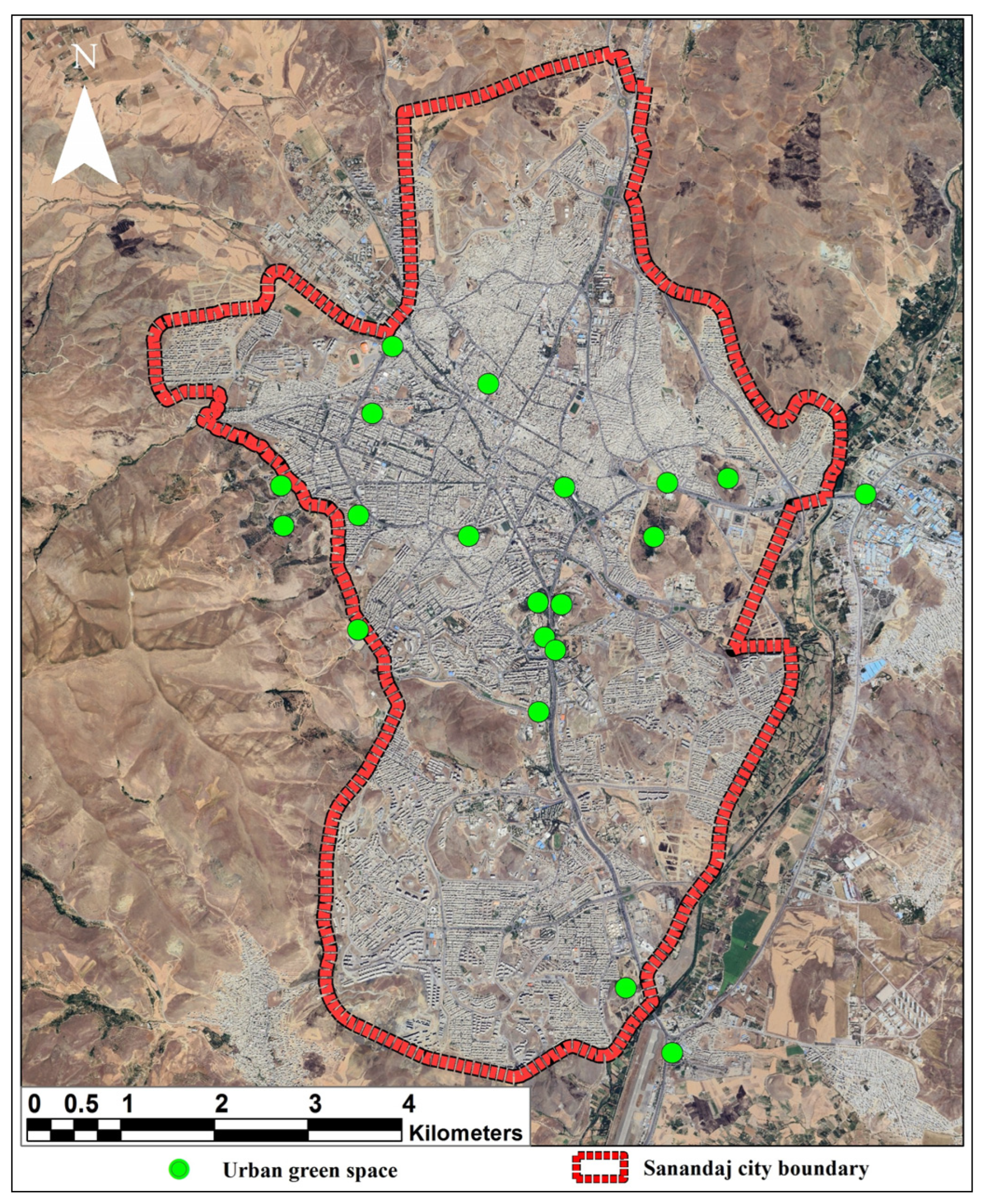
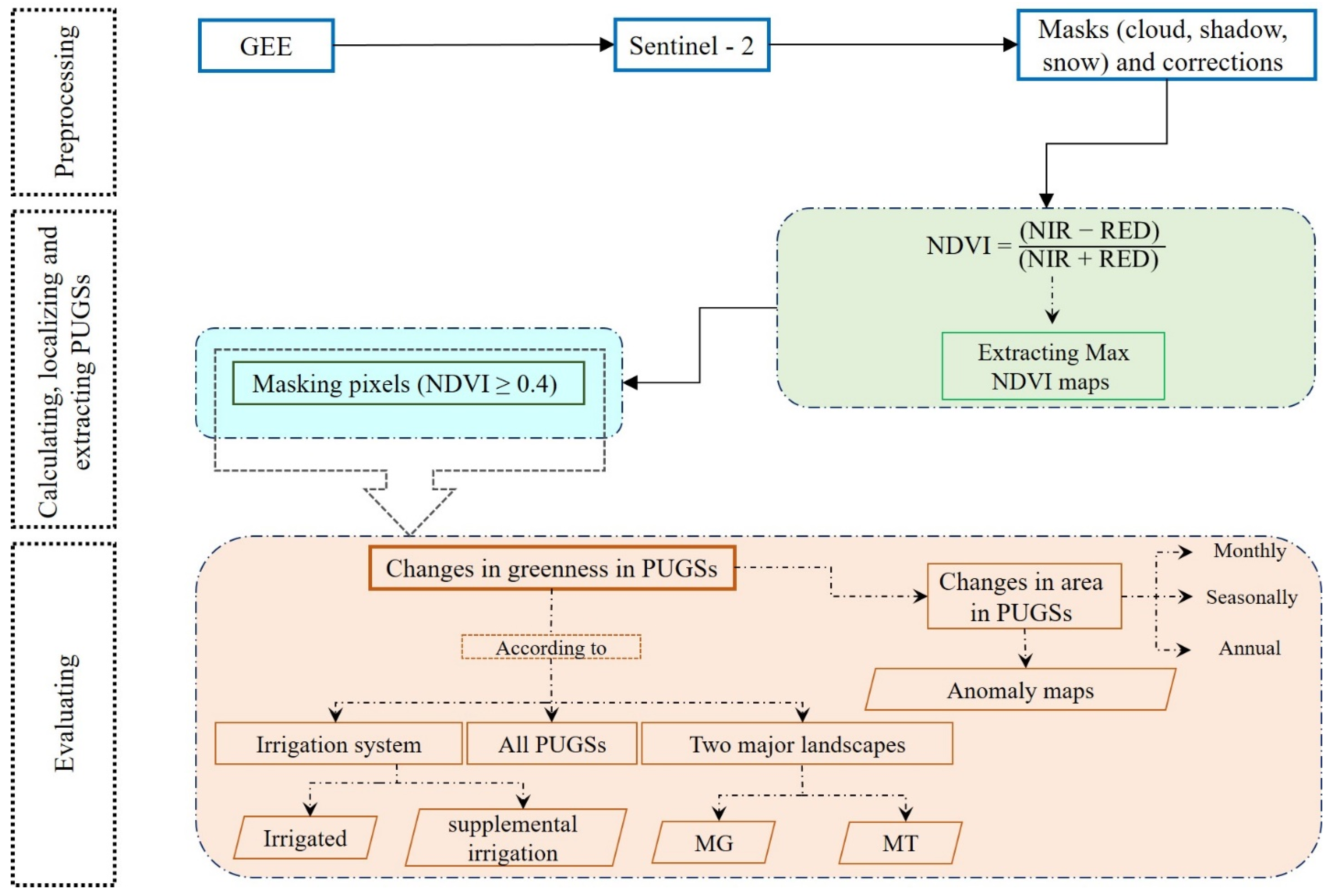
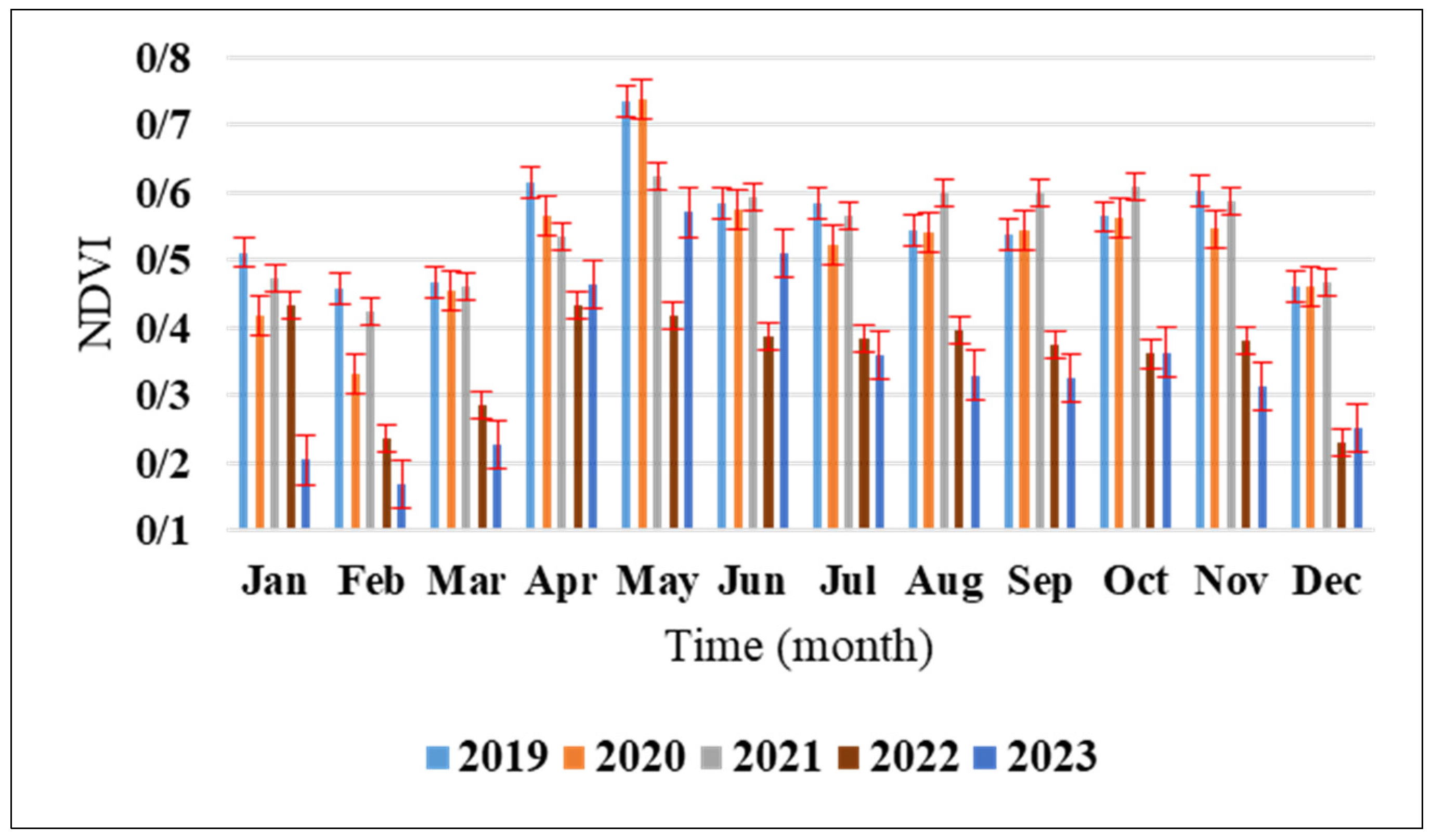
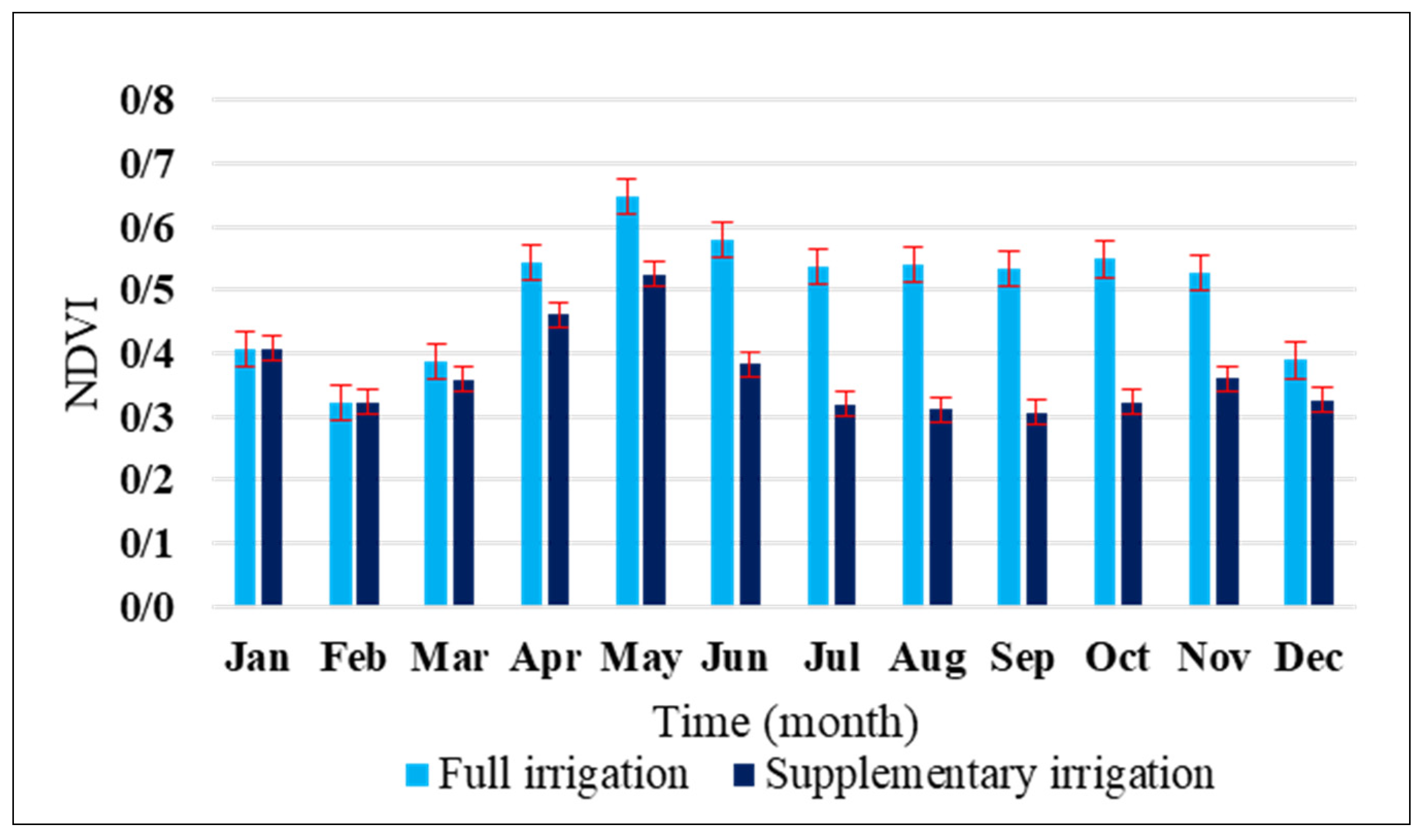
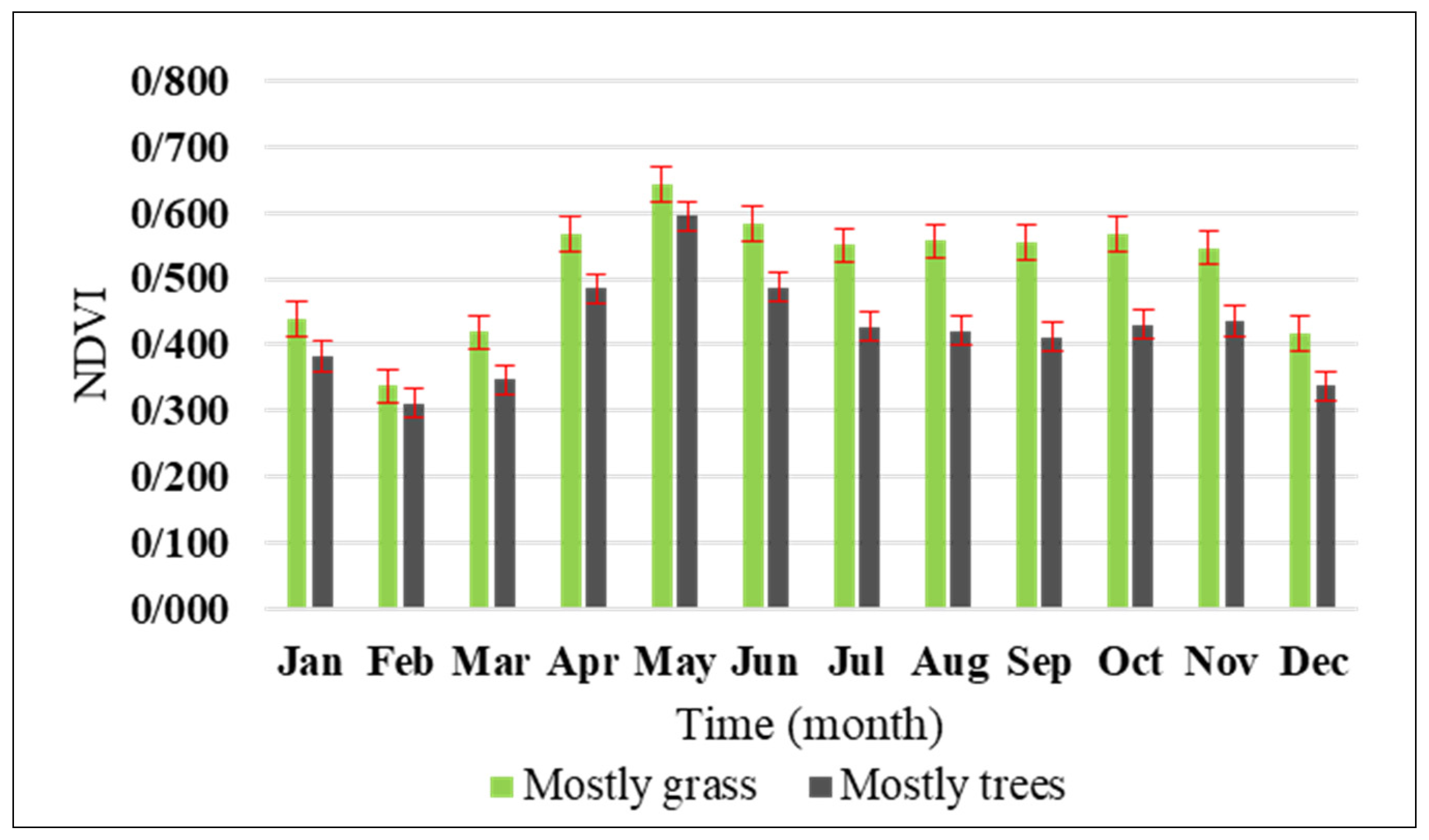

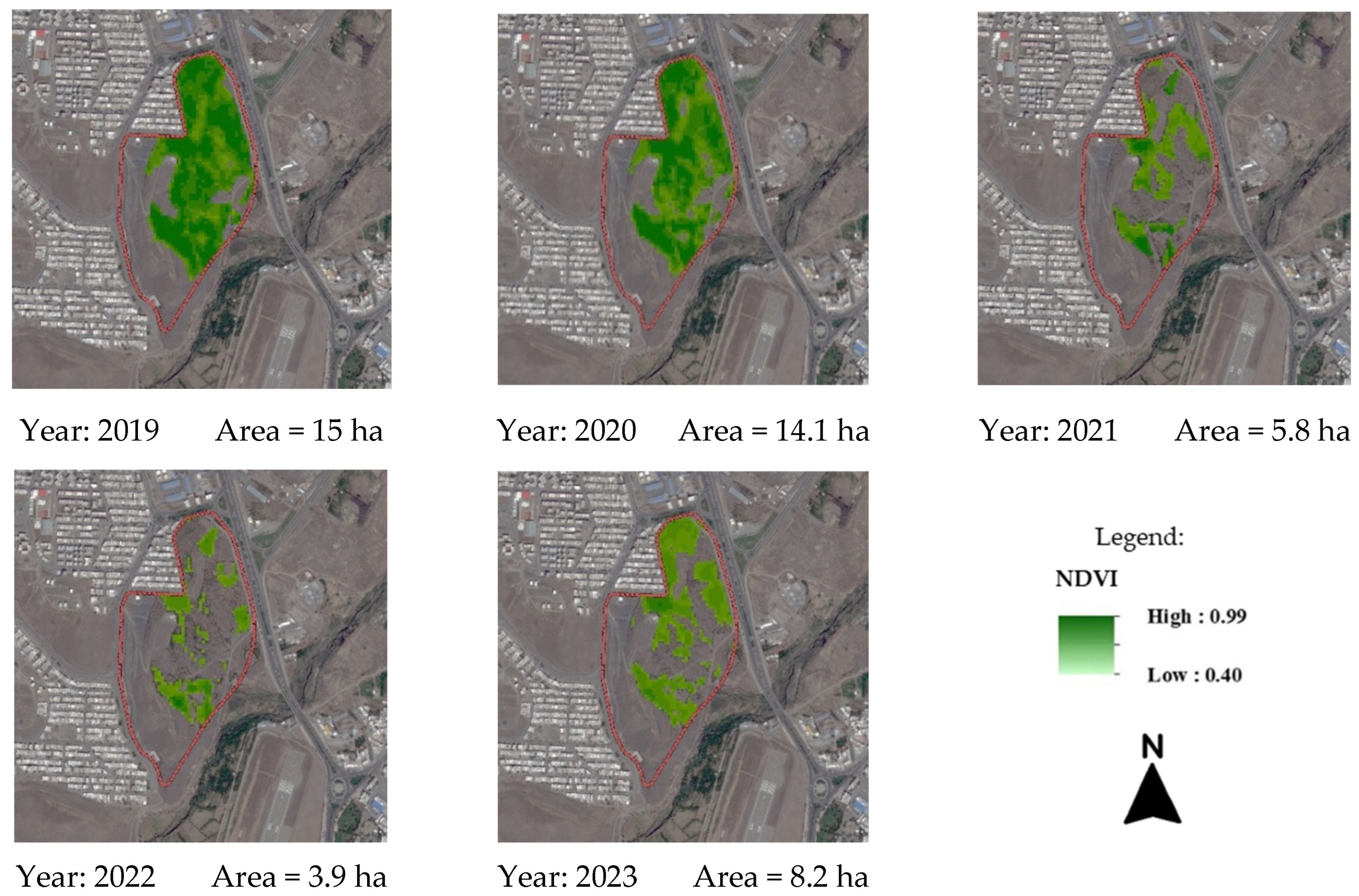


| 2019 | 2020 | 2021 | 2022 | 2023 | |
|---|---|---|---|---|---|
| Jan | 7 | 3 | 7 | 5 | 8 |
| Feb | 6 | 2 | 6 | 7 | 7 |
| Mar | 7 | 7 | 9 | 3 | 3 |
| Apr | 7 | 7 | 7 | 7 | 8 |
| May | 7 | 10 | 11 | 6 | 6 |
| Jun | 11 | 11 | 12 | 12 | 12 |
| Jul | 12 | 12 | 12 | 12 | 12 |
| Aug | 12 | 12 | 12 | 12 | 12 |
| Sep | 11 | 11 | 11 | 10 | 11 |
| Oct | 9 | 11 | 10 | 10 | 6 |
| Nov | 8 | 7 | 7 | 9 | 10 |
| Dec | 5 | 3 | 7 | 3 | 7 |
| Total | 102 | 96 | 111 | 96 | 102 |
| 507 | |||||
| Major landscape | MG | 9 (45%) |
| MT | 11 (55%) | |
| Irrigation system | SIS | 5 (25%) |
| FIS | 15 (75%) | |
| Total | 20 (100%) | |
| Winter | Spring | Summer | Fall | |
|---|---|---|---|---|
| 2019 | 102 | 126.9 | 49.2 | 78.8 |
| 2020 | 68.7 | 125.2 | 37.2 | 63.5 |
| 2021 | 51 | 67.8 | 46.3 | 59.5 |
| 2022 | 28.5 | 31.5 | 20.9 | 19 |
| 2023 | 0.9 | 81.8 | 19.5 | 21.7 |
| Total | 250.2 | 351.4 | 163.5 | 220.8 |
| PUGS | MG/MT | FIS/SIS | 2020 | 2021 | 2022 | 2023 | |
|---|---|---|---|---|---|---|---|
| Forest parks | Keshavarz | MT | SIS | 6.9 | −93.3 | −82.2 | −70.1 |
| Neshteman | MT | SIS | −5.8 | −61.7 | −73.7 | −45.2 | |
| Pir Gharib | MT | SIS | 14 | −62.7 | −73.8 | −46.4 | |
| Rusi | MT | SIS | 0 | −54 | −55.1 | −35.9 | |
| Toos Nowzar | MT | SIS | 3.8 | −67.2 | −73.1 | −21.4 | |
| Urban parks | Amiriyeh | MT | FIS | 8.6 | −7.7 | −10.9 | −7.3 |
| Azadegan | MG | FIS | 0 | 0 | −5 | 0 | |
| Cycling Road | MT | FIS | 0.1 | −15.2 | −13 | −5.8 | |
| Halazouni | MT | FIS | 0 | 0 | −10.1 | −14.5 | |
| IT | MG | FIS | −7.7 | −17.4 | −17.7 | −20.2 | |
| Jahaad | MG | FIS | −1 | −6.8 | −13.7 | −8.8 | |
| Koodak | MG | FIS | −8.7 | −16.9 | −21.4 | −14.7 | |
| Mellat | MT | FIS | −1.1 | −2.1 | −15.4 | −10.6 | |
| Mohammadi | MG | FIS | −1.5 | 0 | −26.2 | −13.4 | |
| Niro Entezami | MG | FIS | 3.7 | 6.5 | −3.1 | −5.3 | |
| Raoufi | MT | FIS | 3.1 | −58.2 | −64.5 | −36.4 | |
| Shohada | MT | FIS | −1.5 | −10.1 | −50.4 | −18 | |
| Shohadaye 28 Dey | MG | FIS | 4.6 | −33.7 | −40.1 | −23.5 | |
| 3 Khordad | MG | FIS | −2.2 | −3.4 | −9.9 | −8.4 | |
| 12 Farvardin | MG | FIS | 5.6 | −10.1 | −37 | −14.9 |
| PUGS | 2019 | 2020 | 2021 | 2022 | 2023 |
|---|---|---|---|---|---|
| Keshavarz (Forest park) | 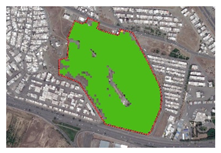 | 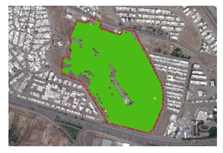 | 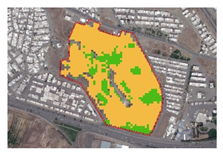 | 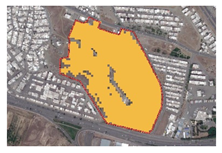 | 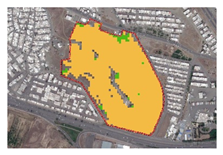 |
| Neshteman (Forest park) | 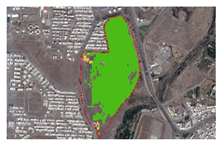 | 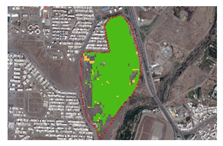 | 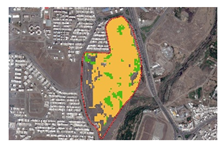 | 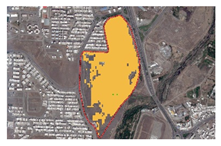 | 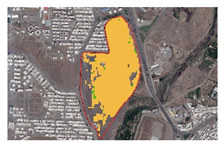 |
| Pir Gharib (Forest park) | 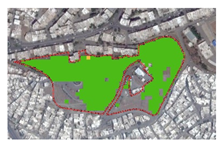 | 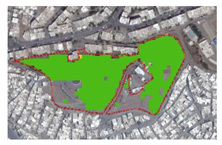 | 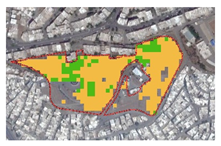 | 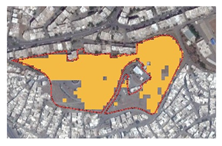 | 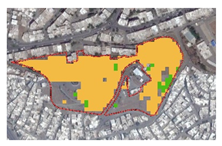 |
| Rusi (Forest park) |  |  | 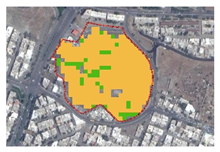 | 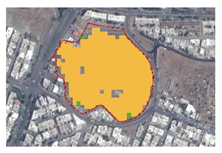 | 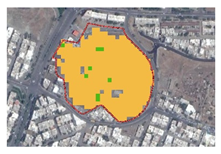 |
| Toos Nowzar (Forest park) | 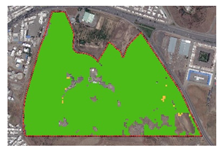 | 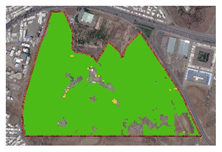 | 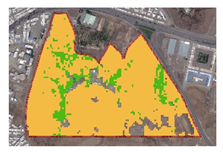 |  |  |
| Amiriyeh |  | 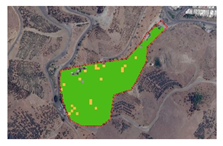 | 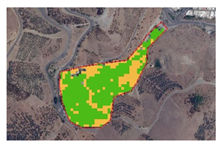 | 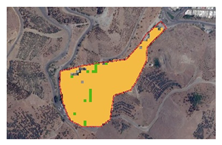 | 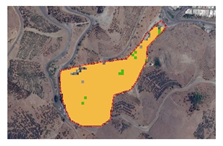 |
| Azadegan | 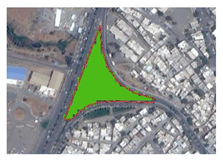 |  | 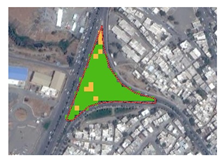 | 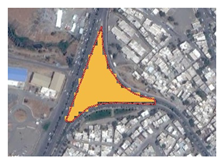 | 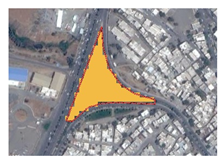 |
| Cycling Road | 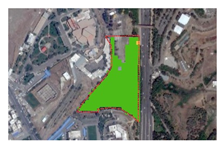 | 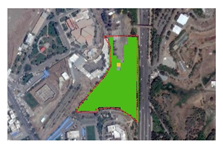 | 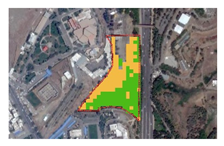 | 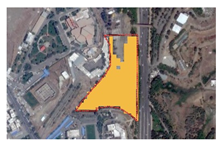 | 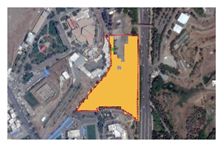 |
| Halazouni | 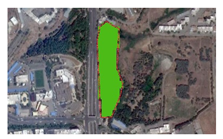 | 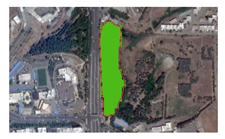 | 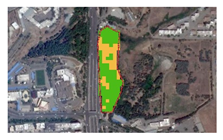 |  | 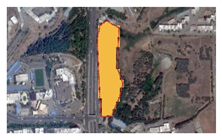 |
| IT | 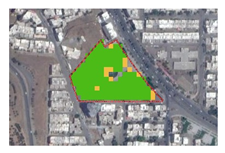 | 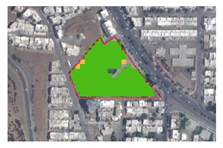 | 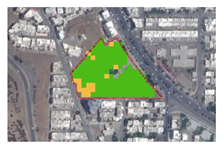 | 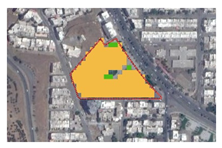 | 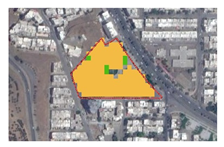 |
| Jahaad | 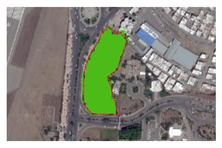 |  | 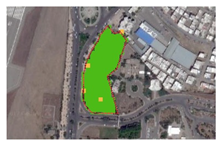 | 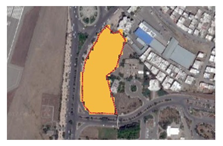 |  |
| Koodak | 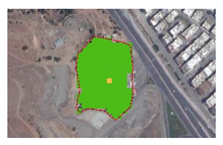 | 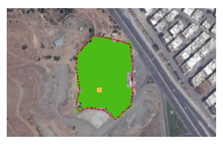 | 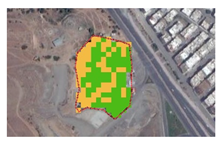 | 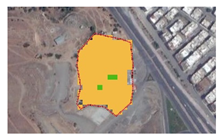 | 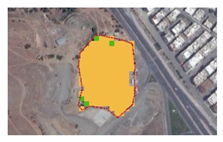 |
| Mellat | 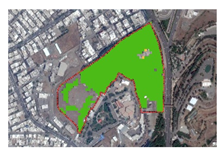 | 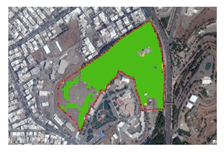 | 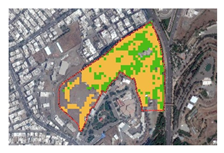 | 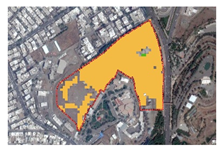 | 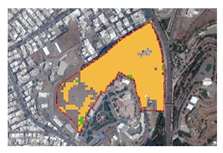 |
| Mohammadi | 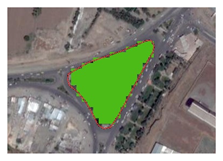 | 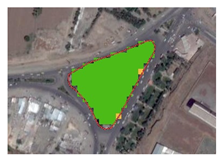 | 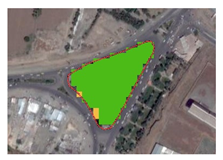 | 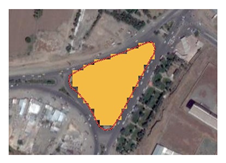 | 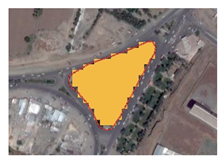 |
| Niro Entezami | 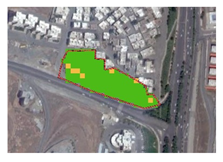 | 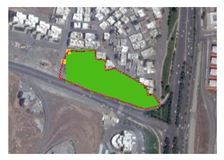 |  | 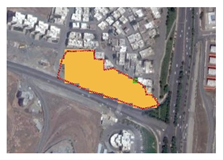 |  |
| Raoufi | 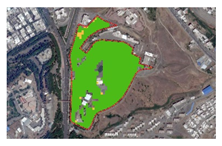 | 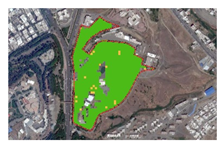 | 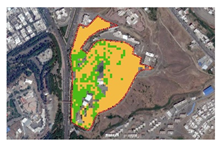 | 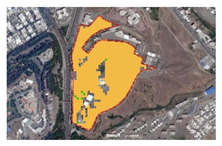 | 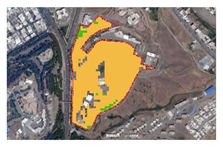 |
| Shohada | 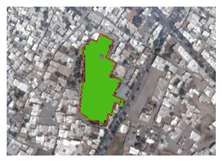 | 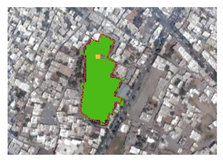 | 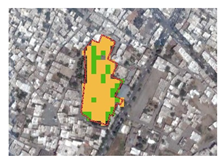 | 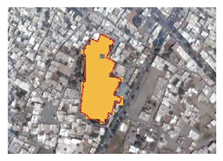 | 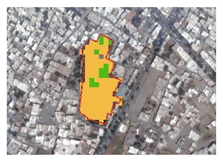 |
| Shohadaye 28 Dey |  | 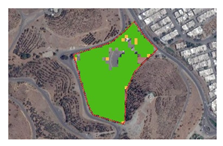 | 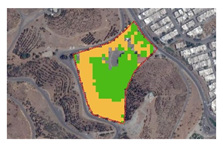 | 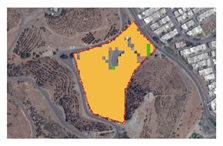 |  |
| 3 Khordad | 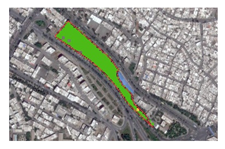 | 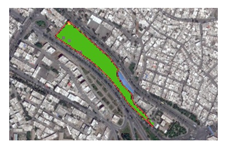 |  | 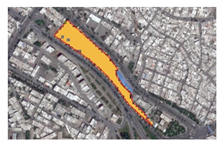 | 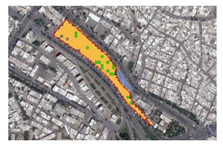 |
| 12 Farvardin | 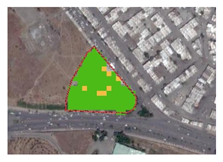 |  | 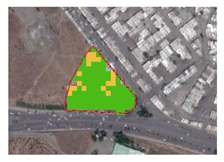 | 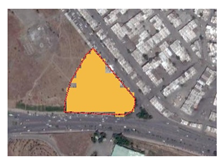 | 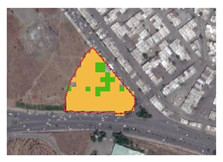 |
| PUGS | Major Species | |||||||||||||||||||
|---|---|---|---|---|---|---|---|---|---|---|---|---|---|---|---|---|---|---|---|---|
| Forest parks | Keshavarz | Oriental plane | Ash | Arizona cypress | Arborvitae | |||||||||||||||
| Neshteman | Ash | Arizona cypress | Arborvitae | Mondel pine | ||||||||||||||||
| Pir Gharib | Oriental plane | Ash | Judas | Mondel pine | ||||||||||||||||
| Rusi | Ash | Black locust | Arizona cypress | Arborvitae | Bitter Almond | |||||||||||||||
| Toos Nowzar | Oriental plane | Ash | Arizona cypress | Arborvitae | Bitter Almond | |||||||||||||||
| Amiriyeh | Ash | White Mulberry | Elm | Arizona cypress | Arborvitae | Bitter Almond | ||||||||||||||
| Cycling Road | Oriental plane | Elm | ||||||||||||||||||
| Raoufi | Oriental plane | Ash | Black locust | Mondel pine | ||||||||||||||||
| Halazouni | Oriental plane | Ash | Elm | Mondel pine | ||||||||||||||||
| Mellat | Oriental plane | Ash | Elm | Black locust | Mondel pine | |||||||||||||||
| Shohada | Ash | Black locust | Judas | Mondel pine | Arborvitae | |||||||||||||||
| Azadegan | Kentucky blue grass | Oriental plane | Ash | Black locust | Glossy privet | Japanese quince | ||||||||||||||
| IT | Kentucky blue grass | Oriental plane | Barberry | Privet | Ash | Rose | ||||||||||||||
| Jahaad | Kentucky blue grass | Privet | Rose | |||||||||||||||||
| Koodak | Kentucky blue grass | Privet | Barberry | Rose | Arizona cypress | Arborvitae | Wild Pear | |||||||||||||
| Mohammadi | Kentucky blue grass | Oriental plane | Ash | Black locust | Rose | Arizona cypress | Arborvitae | |||||||||||||
| Niro Entezami | Kentucky blue grass | Oriental plane | Black poplar | Ash | Elm | Black locust | ||||||||||||||
| Shohadaye 28 Dey | Kentucky blue grass | Walnut trees | Paulownia | Arizona cypress | Arborvitae | Mondel pine | English Lavender | |||||||||||||
| 3 Khordad | Kentucky blue grass | Privet | Rose | Arizona cypress | Arborvitae | Deodar Cedar | ||||||||||||||
| 12 Farvardin | Kentucky blue grass | Ash | Black locust | Arizona cypress | Arborvitae | |||||||||||||||
Disclaimer/Publisher’s Note: The statements, opinions and data contained in all publications are solely those of the individual author(s) and contributor(s) and not of MDPI and/or the editor(s). MDPI and/or the editor(s) disclaim responsibility for any injury to people or property resulting from any ideas, methods, instructions or products referred to in the content. |
© 2025 by the authors. Licensee MDPI, Basel, Switzerland. This article is an open access article distributed under the terms and conditions of the Creative Commons Attribution (CC BY) license (https://creativecommons.org/licenses/by/4.0/).
Share and Cite
Lotfi, W.; Abbasi, N.; Cheshmehzangi, A.; Khodakarami, L.; Nouri, H. Evaluating the Greenness of Sanandaj City Using Sentinel Imagery in Google Earth Engine. Sustainability 2025, 17, 3471. https://doi.org/10.3390/su17083471
Lotfi W, Abbasi N, Cheshmehzangi A, Khodakarami L, Nouri H. Evaluating the Greenness of Sanandaj City Using Sentinel Imagery in Google Earth Engine. Sustainability. 2025; 17(8):3471. https://doi.org/10.3390/su17083471
Chicago/Turabian StyleLotfi, Werya, Neda Abbasi, Ali Cheshmehzangi, Loghman Khodakarami, and Hamideh Nouri. 2025. "Evaluating the Greenness of Sanandaj City Using Sentinel Imagery in Google Earth Engine" Sustainability 17, no. 8: 3471. https://doi.org/10.3390/su17083471
APA StyleLotfi, W., Abbasi, N., Cheshmehzangi, A., Khodakarami, L., & Nouri, H. (2025). Evaluating the Greenness of Sanandaj City Using Sentinel Imagery in Google Earth Engine. Sustainability, 17(8), 3471. https://doi.org/10.3390/su17083471








